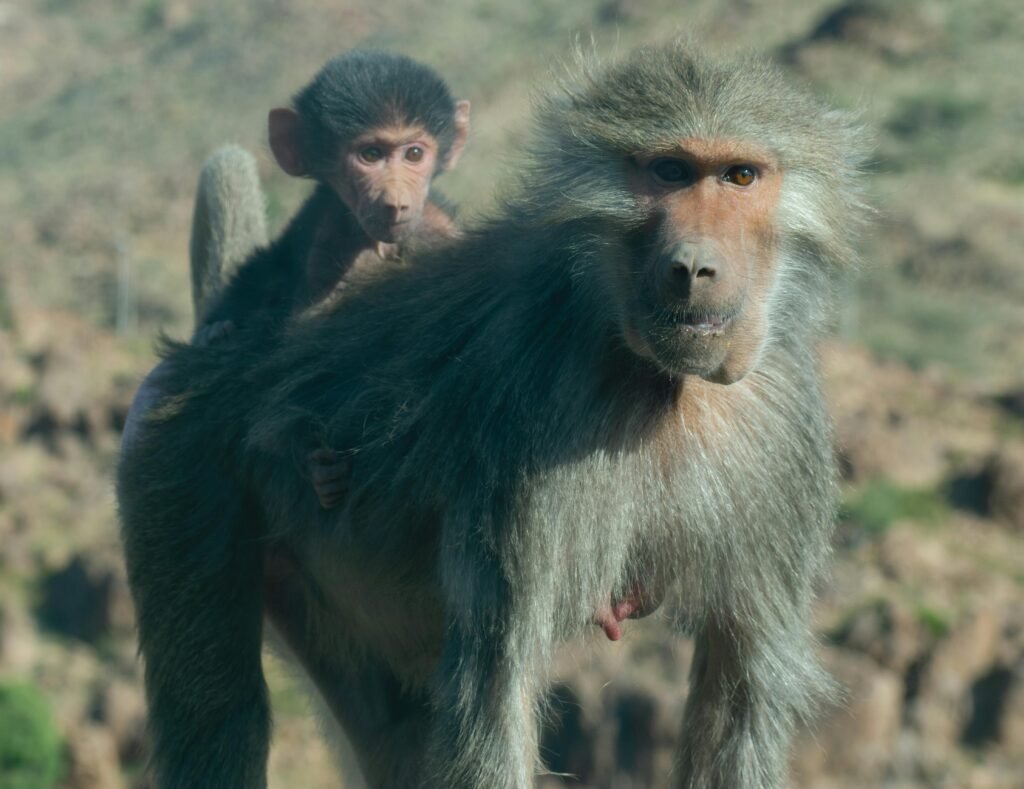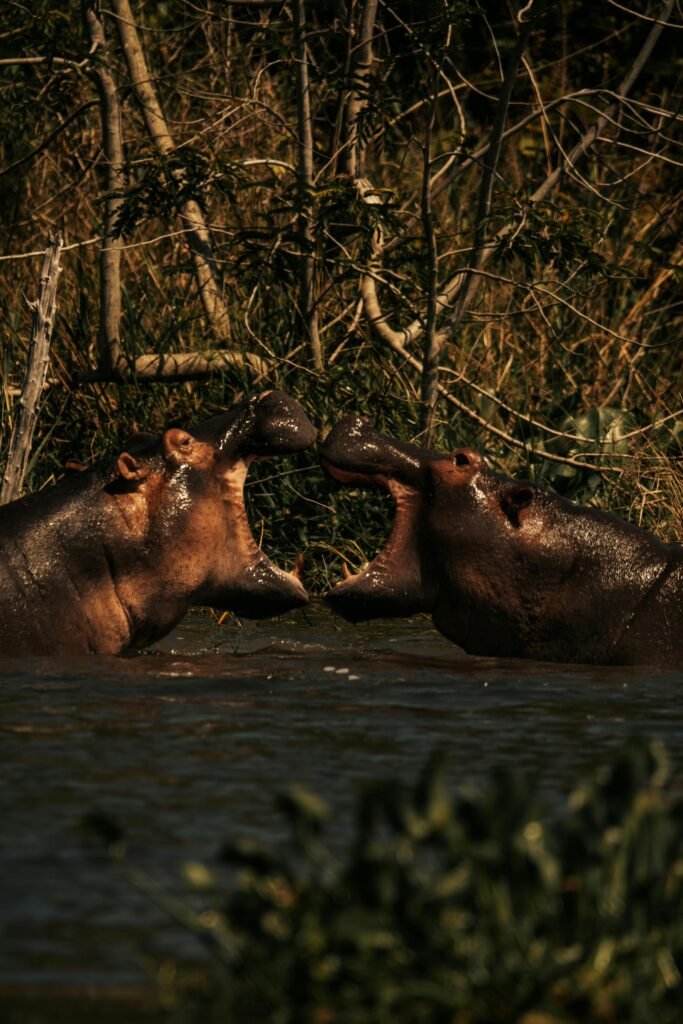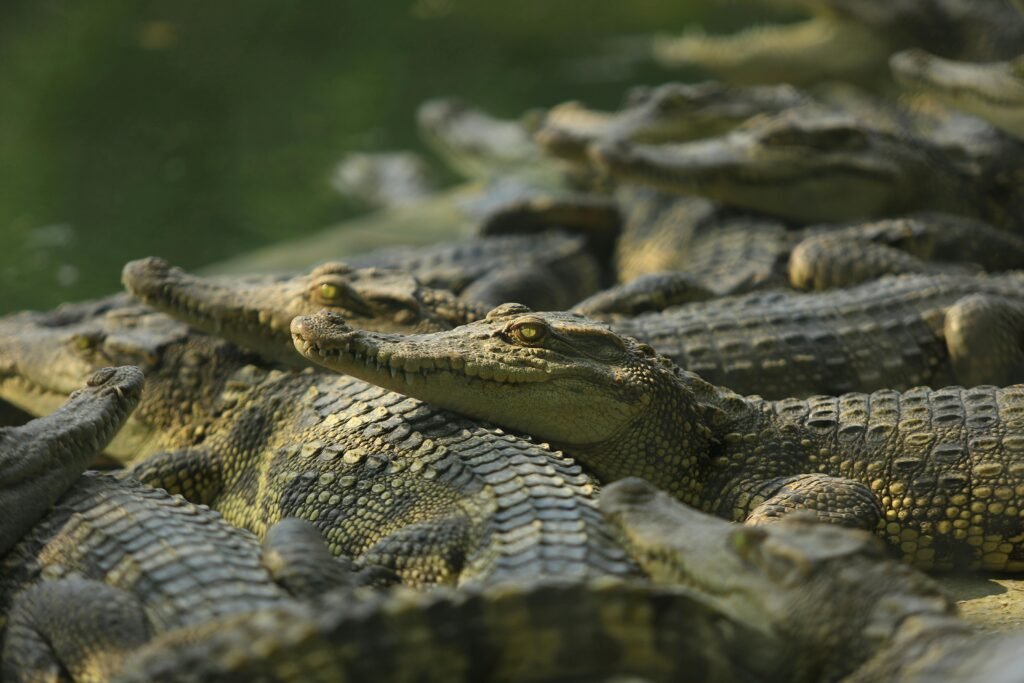Welcome to ruaha national park
Explore the Wild Wonders of Ruaha National Park



Ruaha National Park is a true haven of wilderness, one of the last untamed frontiers where wildlife can thrive in its natural habitat. The park boasts a rare combination of Central African rainforests merging with the acacia-dotted savannahs of East Africa. Elephants roam freely through the expansive woodlands, while lions are often seen lounging on the park’s roads and trails, enjoying the warmth of the sun or seeking shade after a successful hunt. The Great Ruaha River winds through this magnificent landscape, providing a vital lifeline for hippos, crocodiles, and countless other creatures.
A birdwatcher’s paradise, Ruaha is home to an impressive range of species, thriving in its remote and unspoiled environment. Located far from the well-trodden paths of Tanzania’s Northern Safari Circuit and coastal regions, Ruaha remains a serene, less-explored sanctuary. For those looking to escape the crowds and immerse themselves in Africa’s rugged beauty, Ruaha offers a peaceful and untouched wilderness experience.

Facts About Lake Ruaha National Park
Ruaha National Park stretches across such a vast expanse that it could comfortably encompass the entire country of Montenegro or almost two nations the size of Qatar. Its immense scale is awe-inspiring, with over 10,000 elephants wandering its untamed landscapes. The park is also a birdwatcher’s paradise, home to nearly half of Tanzania’s bird species. Remarkably, about 10% of the world’s lion population resides here, where they form formidable prides, preying not just on zebras and antelopes, but also on large creatures like buffalo and giraffes.
As you explore, you may come across black-backed jackals and African wild dogs, always on the prowl for smaller game. Between June and December, during the dry season, wildlife gathers at the Great Ruaha River, the only reliable water source in the region, creating dramatic scenes of animals vying for survival in the challenging conditions.
Ruaha is one of Tanzania’s driest national parks, with sporadic rainfall and brief showers, which makes the landscape harsh yet beautiful. This dryness provides exceptional wildlife viewing opportunities, especially as animals flock to the river. While road conditions can be tough from mid-March to late May, this only adds to the park’s untouched, remote allure.
